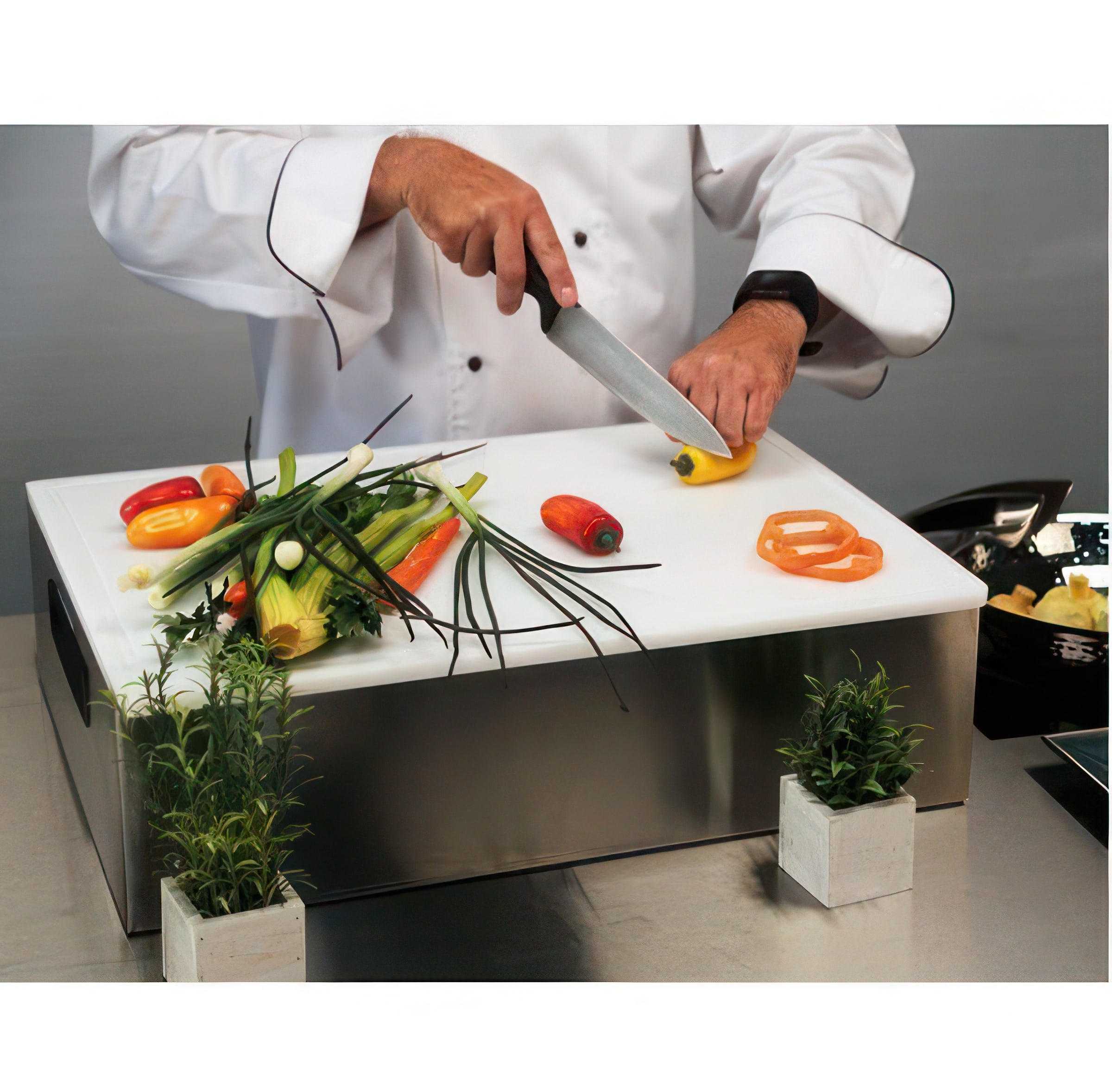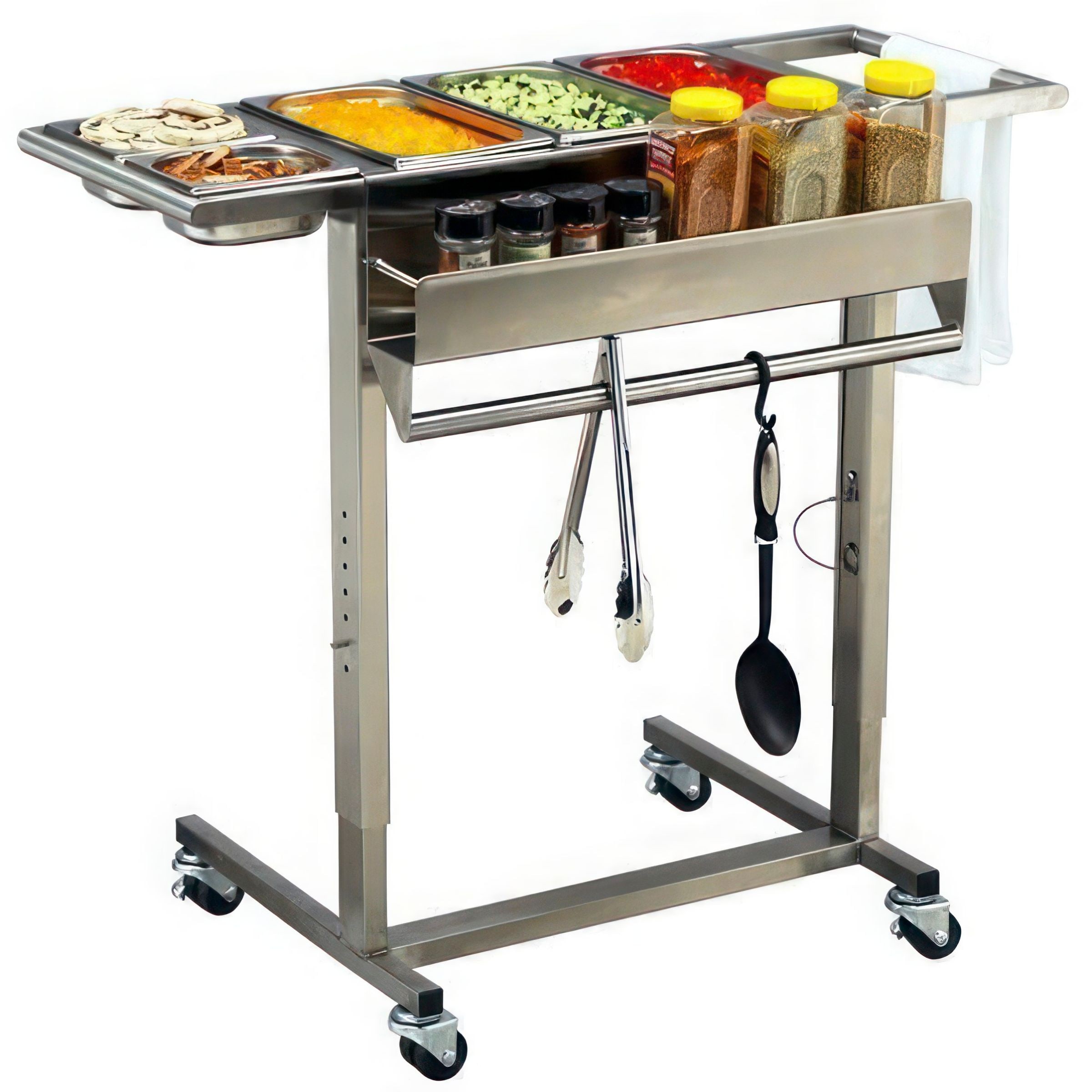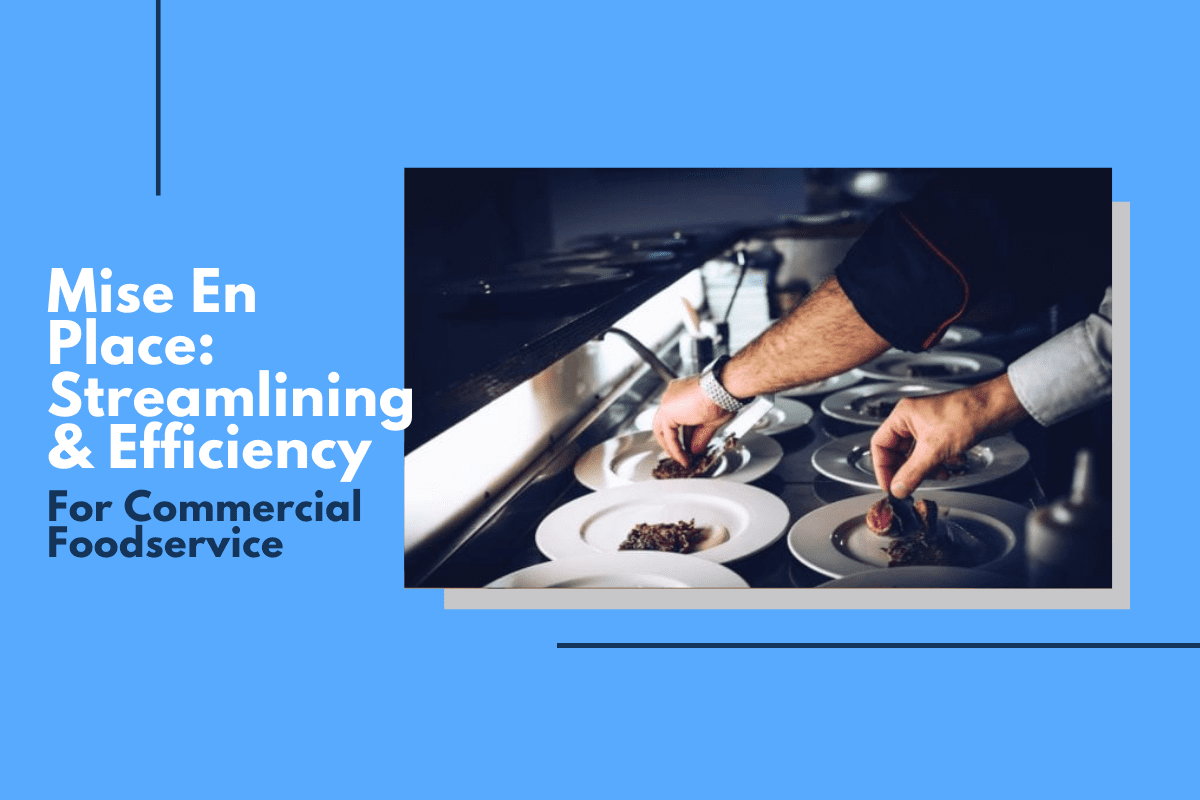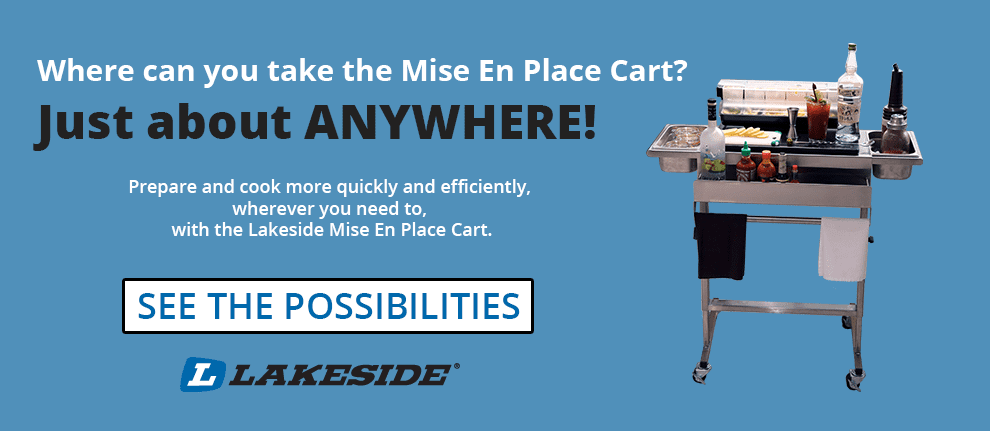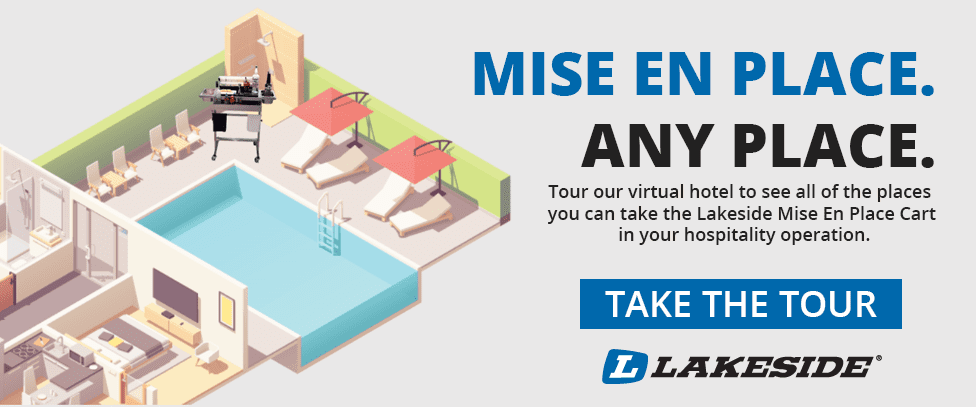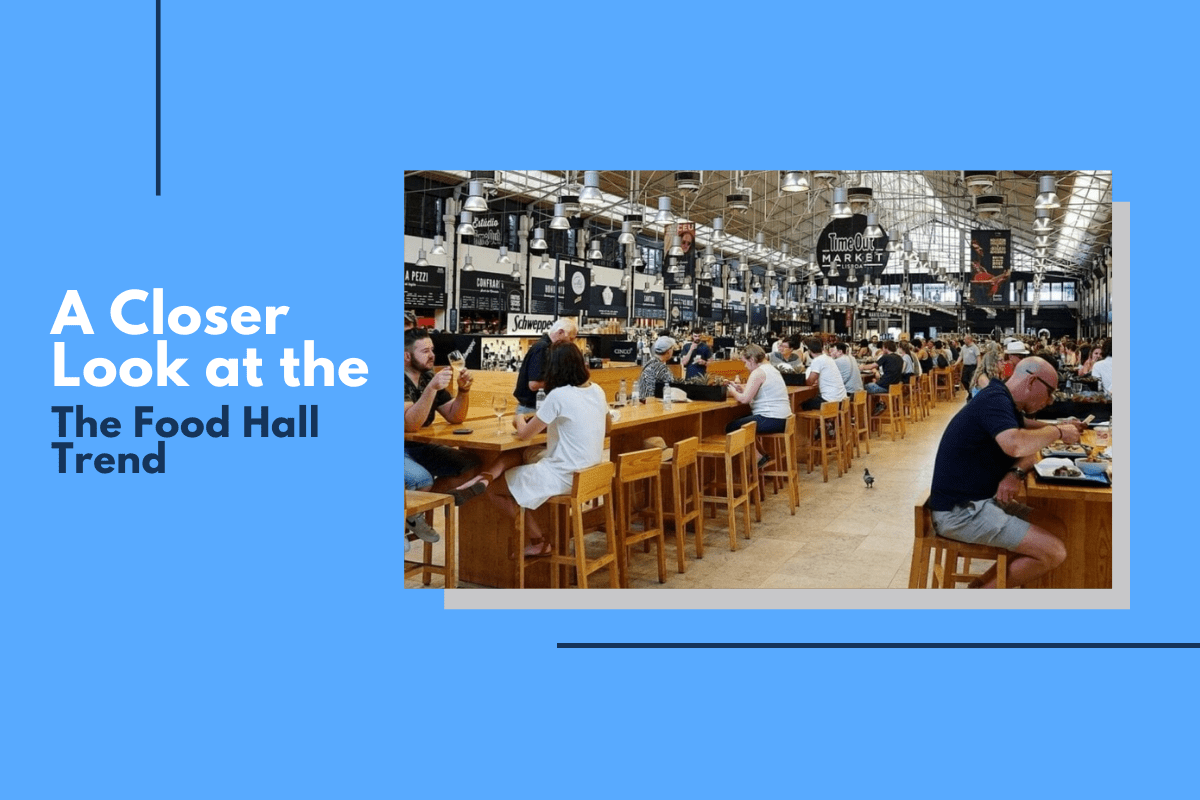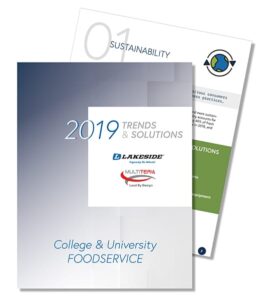
Uniformity is important when it applies to the food coming out of your commercial kitchen. You want everyone to experience the same beautifully plated food and your diners expect food that tastes the same as it did the last time they tried it.
Unfortunately, the people preparing that food are not uniform in size and stature. The same countertop that is comfortable for a 5′ 6″ prep cook can cause a 6′ 2″ cook to hunch over in pain. The one-height-fits-all set up typically found in commercial kitchens isn’t ergonomically sound. In fact, it’s frequently the cause of neck, back, and shoulder pain.
The High Cost of Poor Ergonomics
Muscle strain resulting from a hunched position may result in employee absences or even Workman’s Compensation claims. According to a study done by the University of California’s Ergonomics Project Team, food preparation was one of the five areas chosen as being at most risk of ergonomic-related injuries. Those injuries were very common and often severe due to the nature of working in a kitchen. It’s frequently quite physical, involving awkward positions, physical exertion, and repetitive motions. All of these factors increase the chances of employee injuries.
The Ergonomics Project Team based their choice of the five areas on:
- Analysis of the various tasks being performed
- Direct observation coupled with front line experiences at different locations
- Analysis of Workers’ Compensation claims
- Literature review
One of their suggestions for reducing the risk of ergonomic-related injuries was to: “Adjust the height of work surfaces to better fit individual employees.” Wow, we could have told them that! So could any kitchen worker whose height doesn’t match that of standard countertops.
Uncomfortable Workstations Impact Productivity
It’s hard for employees to focus on the task at hand if they’re in pain. Just being uncomfortable can negatively impact their efficiency and productivity. It can also increase their chances of injuring themselves. A user-friendly kitchen keeps employees’ comfort and efficiency at the forefront of its design.
Designing workstations that make your employees’ comfort and safety a priority improves workplace morale while increasing efficiency and productivity. Providing workstations that are as varied in height as your employees will make many jobs easier to accomplish and more comfortable. That, in turn, can reduce employee stress.
It will also improve productivity since ergonomic design is all about helping employees complete the most tasks in the shortest time with the least amount of effort. An ergonomically-designed kitchen is better for your employees and better for your bottom line!
Finding the Right Solution
At home, you can simply stack cutting boards or stand on a step stool as a temporary solution to an uncomfortable counter height. However, neither of those home kitchen hacks are feasible for a busy commercial kitchen. In fact, they could be downright dangerous!
Solutions for commercial kitchens involve creating workstations of varying heights. These can include the standard countertops, perhaps installed at varying heights. Mise en place carts, work tables with adjustable legs, and utility carts of different heights are other options for flexible workstations that will fit a range of employee heights and statures.
Any height differential solution should also include Lakeside’s cutting board riser. This stainless steel riser elevates a prep station to a comfortable working height. Slide a waste pan into the open end for easy cleanup or use it for storage. The cutting board riser even features a handy recessed lift handle to make it easier to move between stations. Its sleek, stylish design allows it to double as a culinary display riser when it isn’t needed in the kitchen. Having several of these versatile risers on hand will allow you to make full use of all of their great features.

